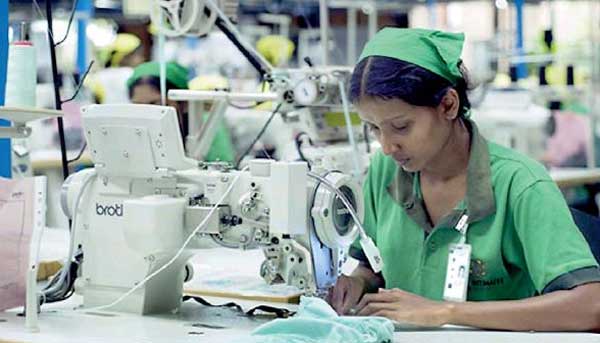Reply To:
Name - Reply Comment
Last Updated : 2024-05-28 06:19:00
 Sri Lanka, since colonial era, has been playing a significant part in international trade.As a country that is blessed with natural resources, the main reason as to why imperialists came to this tiny island was its export-oriented natural resources such as spices mainly cinnamon.
Sri Lanka, since colonial era, has been playing a significant part in international trade.As a country that is blessed with natural resources, the main reason as to why imperialists came to this tiny island was its export-oriented natural resources such as spices mainly cinnamon.

Add comment
Comments will be edited (grammar, spelling and slang) and authorized at the discretion of Daily Mirror online. The website also has the right not to publish selected comments.
Reply To:
Name - Reply Comment
For a long time, accusations have been made against Urban Development and Hou
The state-run loss-making State Mortgage & Investment Bank (SMIB) has reveale
US authorities are currently reviewing the manifest of every cargo aboard MV
On March 26, a couple arriving from Thailand was arrested with 88 live animal